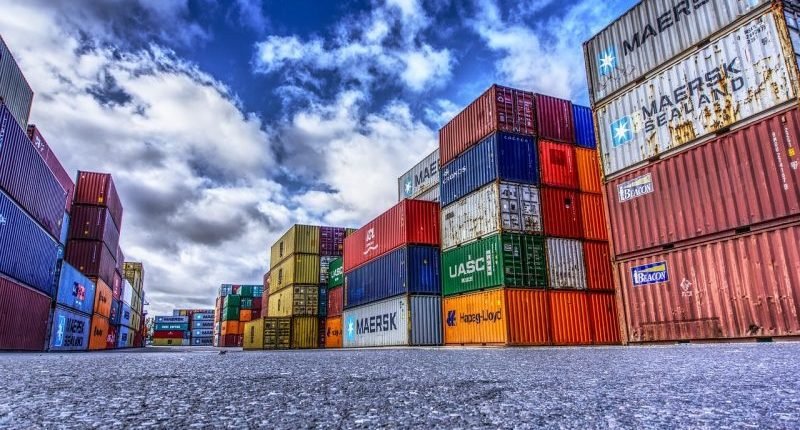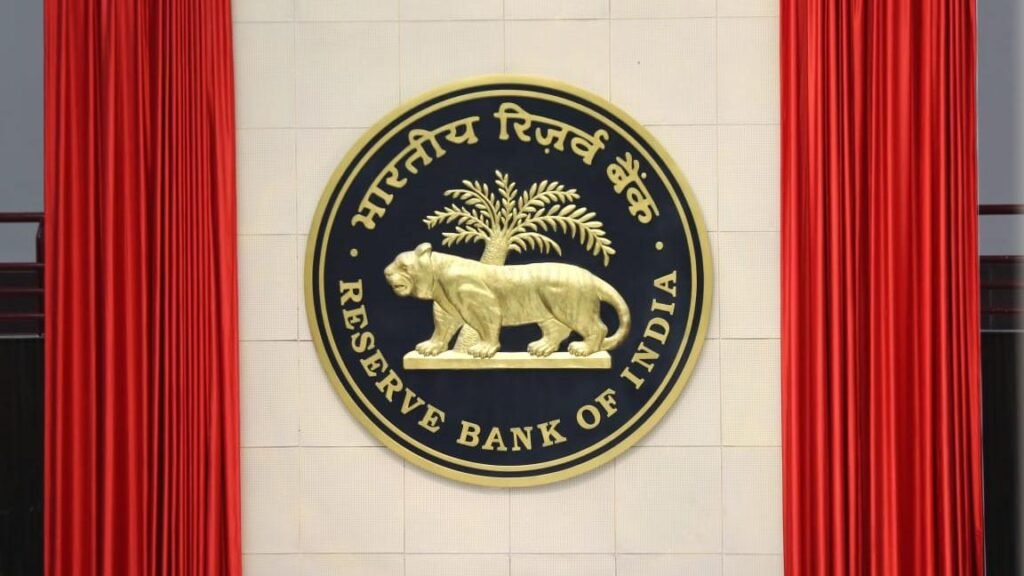Blog
August 17th and 18th Current affairs
- August 18, 2021
- Posted by: admin
- Category: Culture Current Affairs Daily News Defense & Security Disaster Management Economy Education Environment & Ecology Ethics Geography Governance Health History International Relation Persons in News Polity Science & Technology Social Issues Sports Uncategorized UPSC Notification Videos
1. Project BOLD in Leh

IN NEWS:
The Project BOLD (Bamboo Oasis on Lands in Drought) of Khadi and Village Industries Commission (KVIC) has received the Indian Army’s support in Leh.
KEY POINTS:
- On August 15, Army planted 20 bamboo saplings at its compound in Leh.
- This is the first-ever attempt to grow bamboo trees in the high Himalayan terrains with the objective of preventing land degradation and developing green cover.
- While this will create sustainable income for the local tribal population; it will also contribute to the environment and land protection.
About Bamboo Oasis on Lands in Drought (BOLD):
- The initiative aims to create bamboo-based green patches of land in arid and semi-arid zones.
- It is launched by Khadi and Village Industries Commission (KVIC)
- It is a statutory body established under KVIC Act, 1956 and functions under the Ministry of Micro, Small, and Medium Enterprises.
- It is charged with the planning, promotion, organisation and implementation of programmes for the development of Khadi and other village industries in the rural areas in coordination with other agencies engaged in rural development wherever necessary.
- Reasons for Selecting Bamboo:
- It grows very fast and in about three years’ time, they could be harvested.
- It is also known for conserving water and reducing evaporation of water from the land surface, which is an important feature in arid and drought-prone regions.
Significance:
- It will reduce desertification and provide livelihood and multi-disciplinary rural industry support.
- It will also act as haven of sustainable development and food security.
- The first project BOLD was launched on June 4 from the tribal village Nichla Mandwa in Udaipur, Rajasthan.
SOURCE:PIB
2. National Gene Bank.

IN NEWS:
- Union Minister for Agriculture and Farmers Welfare inaugurated the world’s second-largest refurbished state-of-the-art National Gene Bank at the National Bureau of Plant Genetic Resources (NBPGR), Pusa, New Delhi.
- Agri-farmers would be greatly benefited by the new gene bank with state-of-the-art facilities for germplasm.
KEY POINTS:
About National Gene Bank
- The National Gene Bank (NGB) was established in the year 1996 to preserve the seeds of Plant Genetic Resources for future generations in the form of seeds, genomic resources, pollen etc.
- NGB has the capacity to preserve about one million germplasm in the form of seeds.
- Presently it is protecting 4.52 lakh accessions, of which 2.7 lakh are Indian germplasm and the rest have been imported from other countries.
- The NGB has four kinds of facilities, namely, Seed Genebank (- 18°C), Cryogenebank (-170°C to -196°C), In vitro Genebank (25°C), and Field Genebank, to cater to long-term as well as medium-term conservation.
Other Facilities:
- The Svalbard Global Seed Vault in Norway houses the world’s largest collection of seeds.
- India’s seed vault is at Chang La (Ladakh) in the Himalayas.
- National Animal Gene Bank, established at the National Bureau of Animal Genetic Resources (NBAGR – Karnal, Haryana), has the objective of conserving the indigenous livestock biodiversity.
- NBAGR is one of the Indian Council of Agricultural Research (ICAR).
SOURCE:PIB
3. TAPAS Initiative.

IN NEWS:
- The Ministry for Social Justice and Empowerment has launched an online portal TAPAS (Training for Augmenting Productivity and Services).
- The idea of TAPAS was conceptualised at a time when exploring the online medium for work and education had become imperative due to the outbreak of Covid 19 pandemic.
Key Points
About:
- It offers various courses in the field of social defence for the capacity building of stakeholders. It is an initiative of National Institute of Social Defense (NISD).
- Social defence is generally understood as the protection of society against crime through a systematically organized and coherent action by both the State and civil society.
- It is a standard MOOC (Massive Open Online Course) platform with course material such as filmed lectures and e-study material.
- MOOC is a free Web-based distance learning program that is designed for the participation of large numbers of geographically dispersed students.
- It also includes discussion forums to support and encourage interactions among students and course coordinators.
- It will provide access to lectures by subject experts, study material and more, but in a manner that it supplements the physical classroom without compromising on the quality of teaching.
- It can be taken up by anyone who wishes to enhance his or her knowledge on the topics and there is no fee for joining.
- The platform has been made with a quadrant approach, which is:
- Video, Text, Self Assessment and Discussions.
Courses:
The five basic courses are on Drug (Substance) Abuse Prevention, Geriatric/Elderly Care, Care and Management of Dementia, Transgender Issues and on comprehensive course on Social Defence Issues.
Objective:
To impart training and enhance the knowledge and skills for the capacity building of the participants.
Significance:
- In our education system, where the offline mode of teaching is so deeply entrenched, this course will lead the path of change and open up new possibilities.
- It will enable the Ministry for Social Justice and Empowerment in reaching out to an even larger number of people working in the area of social defence.
SOURCE:TH
4. Centre Notifies RoDTEP Scheme Guidelines and Rates.

IN NEWS:
Centre has recently notified RoDTEP Scheme Guidelines and Rates (Remission of Duties and Taxes on Exported Products).
KEY POINTS:
The rates of RoDTEP will cover 8555 tariff lines.
About Remission of Duties and Taxes on Exported Products (RoDTEP):
- The RoDTEP scheme was announced by Union Government in 2019 to boost exports by allowing reimbursement of taxes and duties, which are not exempted or refunded under any other scheme.
- At present, embedded duties and taxes, which are not refunded under any other scheme, range from 1-3%.
- Under the scheme, rebate of these taxes will be given in the form of duty credit/electronic scrip.
- It is a reform based on the globally accepted principle that taxes and duties should not be exported, and taxes and levies borne on the exported products should be either exempted or remitted to exporters.
- The scheme is in accordance with World Trade Organization (WTO) norms.
- It is a combination of the current Merchandise Export from India Scheme (MEIS) and Rebate of State and Central Taxes and Levies (RoSCTL).
- MEIS: It’s a scheme where incentives or rewards are given to exporters to offset infrastructural inefficiencies with the objective to promote manufacture and export of notified products
- RoSCTL: The scheme was notified by textile ministry to rebate the incidence of various state and central tax levied on export of garments.
Significance of the RoDTEP scheme:
- RoDTEP support will be available to eligible exporters at a notified rate as a percentage of Freight on Board (FOB) value. Rebate on certain export products will also be subject to value cap per unit of the exported product.
- Sectors like Marine, Agriculture, Leather, Gems & Jewellery, Automobile, Plastics, Electrical / Electronics, Machinery get the benefits of Scheme.
- In the existing schemes, certain taxes, such as state taxes on power, oil, water and education cess, are not included. Under RoDTEP, such taxes are also proposed to be included in the indicative list making the scheme exhaustive.
- Therefore, it is a reform where Government is trying to support domestic industry and make it more competitive in the international markets.
SOURCE:IE
5.TRIFED adds 75 new tribal products to Tribes India catalogue.

IN NEWS:
- As India steps into 75 years of Independence, 75 new tribal products were launched by TRIFED and added to the already extensive, attractive Tribes India catalogue.
- Sourced from all across the country, the products launched exquisite and attractive items such as metal figurines, handmade jewelry, decorations such as hangings; handcrafted apparel such as shirts, kurtas, masks and also organic produce such as spices, processed juices and other herbal powders.
KEY POINTS:
- TRIFED GI Movement, has also identified 75 products of Tribal origin or source which will be registered for Geographical Indication (GI) Tag under the Geographical Indications of Goods (Registration and Protection) Act, 1999, India.
- Out of 75 identified GI Tribal products, 37 such products belong to eight states of North East.
- From Tribal heartland states, 7 products from Jharkhand and 6 products from Madhya Pradesh have also been identified for GI Tagging.
- Moreover, it is about to set up an Atmanirbhar Bharat corner in 100 Indian Missions/ Embassies across the world that will be an exclusive space to promote GI tagged tribal art and craft products besides natural and organic products.
About The Tribal Cooperative Marketing Development Federation of India (TRIFED):
- Established in 1987, under the Multi-State Cooperative Societies Act, 1984, this statutory body works for the social and economic development of the tribal people of the country and is administered by the Ministry of Tribal Affairs.
- It has been registered as a National Level Cooperative body by the Government of the country
- It helps tribal people manufacture products for national and international markets on a sustainable basis and also supports the formation of Self-Help Groups and imparting training to them.
SOURCE:PIB
6. Financial Inclusion index.

IN NEWS:
- The Reserve Bank of India (RBI) announced the formation of a composite Financial Inclusion Index (FI-Index) to capture the extent of financial inclusion across the country.
- The FI-Index for the period ended March 2021 stood at 53.9 compared with 43.4 for the period ended March 2017.
KEY POINTS:
About Financial Inclusion Index
- Annual Financial Inclusion Index (FII) will measure access and usage of a basket of formal financial products and services that includes savings, remittances, credit, insurance and pension products.
- It would rate states on their performance on last-mile banking services availability.
- The index will have three measurement dimensions
- access to financial services
- usage of financial services
- the quality of the products and the service delivery.
- These are also the G20 Financial Inclusion Indicators.
- It will be published in July every year by RBI.
Importance of FII-
- Provide information on the level of financial inclusion.
- Measure financial services for use of internal policy making.
- It can be used directly as a composite measure in development indicators.
- It enables fulfilment of G20 Financial Inclusion Indicators requirements.
- It will also facilitate researchers to study the impact of financial inclusion and other macro-economic variables.
SOURCE:TH
7. Oil Bonds.

IN NEWS:
The Centre has argued that it cannot reduce taxes on petrol and diesel as it has to bear the burden of payments in lieu of oil bonds issued by the previous UPA government to subsidise fuel prices.
KEY POINTS:
- Before fuel prices were deregulated, petrol and diesel as well as cooking gas and kerosene were sold at subsidised rates during UPA rule.
- Instead of paying direct subsidy to oil marketing companies from the Budget, the then government issued oil bonds totalling Rs 1.34 lakh crore to the state-fuel retailers in a bid to contain the fiscal deficit.
- Citing the need to repay interest and principal components on these bonds, the Centre has now argued that it needs higher excise duty to help its finances.
- The NDA government too has used a similar strategy to inject capital into state-owned banks and other institutions by issuing recapitalisation bonds worth Rs 3.1 lakh crore, which will come up for redemption between 2028 and 2035.
SOURCE:IE
